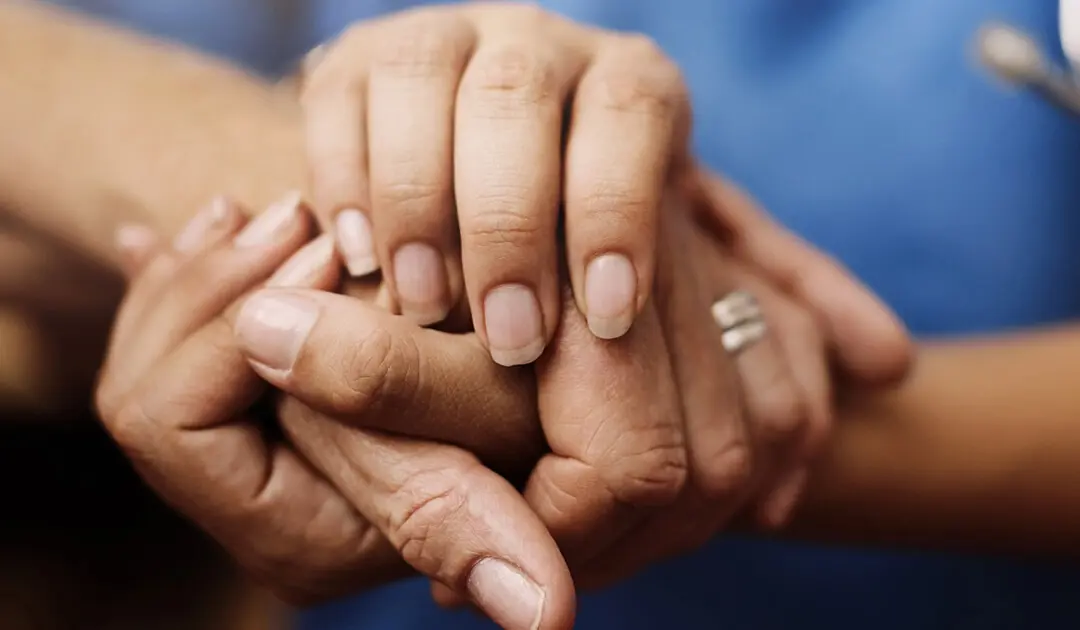Behavioral Strategies When Confronted With a Weapon

Despite our best efforts at prevention, incidents involving weapons can occur. These are dangerous emergency situations that are best left to professionally trained law enforcement personnel. But, if you ever find yourself trapped with a person who has a weapon, here are some key points to keep in mind before professional assistance arrives.
Take a deep breath, remember the importance of the CPI Supportive StanceSM, and:
- Step back.
- Remain calm.
- Make a plan.
If a weapon is involved in a crisis incident or if a threat involves actual, potential, or perceived weapons, invoke your organization's policies and procedures for responding, while keeping in mind CPI's Four Priorities for Violence Response Procedures.
These could be some of the most important steps during any crisis response. Complex and horrific crises may surprise us, and "remain calm" may be the last thought that comes to mind. Taking a step back physically and emotionally will help crisis response team members remain calm and:
- Keep yourself safe.
- Assess the situation.
- Summon assistance.
- Make the environment as safe as possible.
Consider any applicable requirements under the laws in specific jurisdictions, other regulations, standards, best practices, or mandates relating to your crisis response team.
Also keep in mind that the presence of a weapon does not necessarily indicate the probability of violence.
Some jurisdictions may allow some individuals to carry concealed or unconcealed weapons but may also give employers or facility owners the right to prohibit the presence of weapons within a building or work context. Please consult with applicable policies, procedures, regulations, and laws within your jurisdiction for proper guidance on these issues.
If you are confronted by a person who has a weapon, keep in mind that a person who threatens you with a weapon hasn't necessarily decided to use it.
If the person senses that you're losing control, their behavior will most likely escalate. So keep the following tips in mind until professional assistance arrives:
- Take threats seriously. If anyone communicates any possibility of using a weapon against you, assume that they have one even if you can't see it or verify it immediately.
- Step back. Try to negotiate permission to take at least three steps away from the individual. If allowed, the increased distance can reduce both anxiety and weapon accuracy.
- Avoid reaching for the weapon. Attempting to disarm a person with a weapon can be extremely dangerous.
- Focus on the individual rather than the weapon. When threatened, we tend to focus on the weapon. Shifting your focus to the individual will remind you that the real danger is not in the weapon itself, but in the aggressor's behavior.
- Negotiate. Make basic requests to solicit affirmative responses. The more the aggressor says "yes" to you, the less likely the weapon is to be used against you.
- Buy time. Time is an asset. The longer you can talk to an aggressive individual, the less likely it is that the weapon will be used.
Perhaps most important of all, remember that any previous interactions will play a critical role in the outcome of an incident involving a weapon. Not all gun violence involves people who know each other. And no one can guarantee that if you treat people well they will never attempt to use a weapon against you. But if you consistently interact with people in a considerate and respectful manner, you are less likely to become a target of violence.
Caution: please note that CPI teaches prevention strategies. We do not teach tactical strategies involving active intervention in response to a weapon. Tactical response strategies are best left to properly trained and authorized law enforcement professionals. As always, your organization's policies and procedures should guide your response.
Resources
Schedule a Consultation
Learn how CPI’s training programs can benefit your organization.
Let's Connect